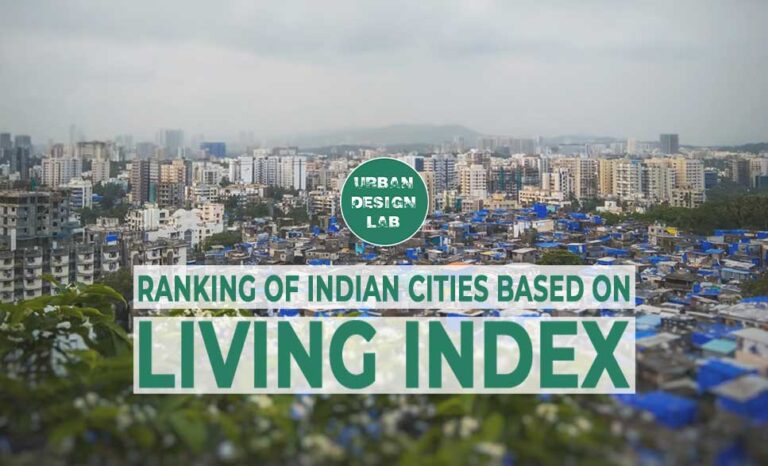
Metaverse and the shifting notions of public spaces
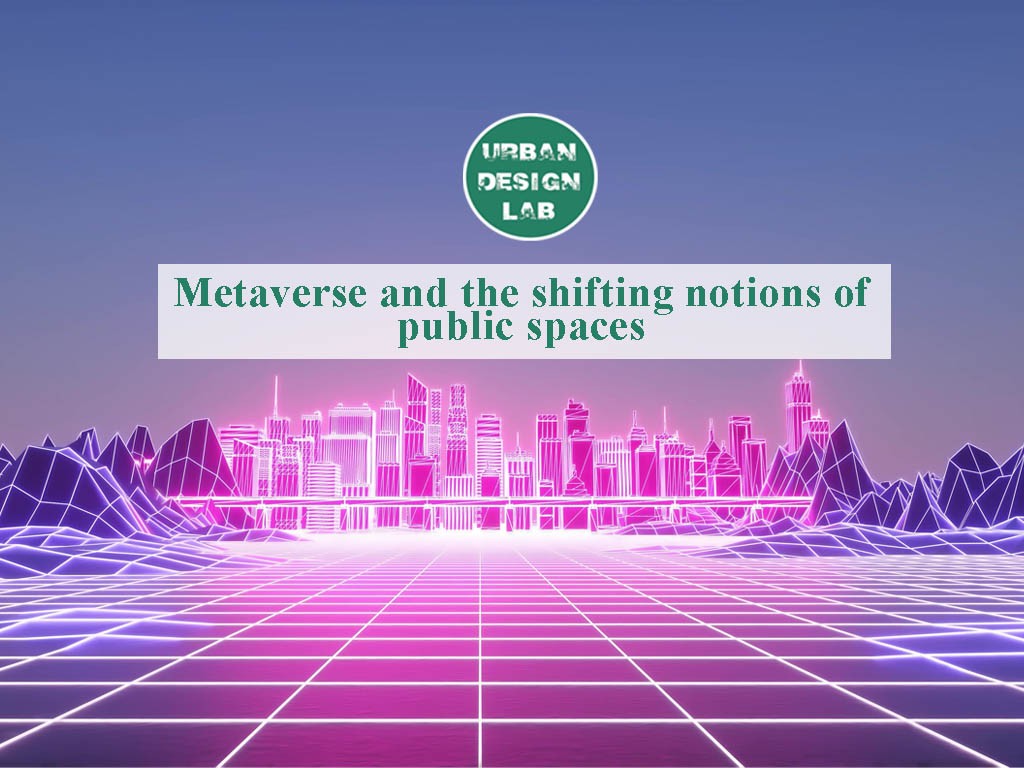
With the growing telecommuting trend, more people rely on virtual spaces and digital modes of communication like video and web conferencing to socialize and interact online. Metaverse is a methodology of using the virtual and digital to enable a range of real-world-like capabilities to users in a 3-D immersive world. This is imagined to be accompanied by the creation of new social behaviors which will affect the workings of spaces in the real-world, especially social spaces.
Introduction
‘Metaverse’ was first mentioned in a 1992 novel, Snow Crash, written by American sci-fi writer Neal Stevenson which imagined a specific spatial design that was built along what he called the ‘Street’. In this world, this grand boulevard wrapped around the globe, but was nonetheless presented as a typical urban thoroughfare, lined with buildings and electric signs. The term‘ metaverse’ has changed a lot since 1992 and become far more complex and acts more as a metaphor for immersive virtual realities of now and the recent future. Nick Fajt thinks the easiest way to think about metaverse is, it’s an evolution of the internet. It’s an evolution of the internet, but it’s far more physical, 3D, in real time than the internet.
According to the philosopher David Chalmers, “The metaverse is no longer a single virtual world or even a cluster of virtual worlds. It’s the entire system of virtual and augmented worlds.” Creating the metaverse requires connecting these virtual worlds in a meaningful way. “Community becomes really important for building meaningful social worlds, actually building communities where people feel invested like they are building something here,” says Chalmers.
Thus, this article is expanding on the functions of social aspects through these virtual mediums. Following this, the metaverse and ‘space’ are integrally tied together to form new kinds of public spaces.
Opportunities for architects/designers
It is important to look at the necessary human practices, as those will be either mimicked or new versions of those social and cultural practices will be created:
1) Playing:
Metaverse is a virtual methodology, that has mostly been associated with gaming experiences. There is no doubt that RPGs (role-playing games) are a major stakeholder in this initiative. The community of gamers is already quite strong in its physical presence, it is going to expand, and built real-world architecture is going to facilitate this shift by providing targeted design solutions.
2) Recreation:
Companies in the Metaverse are also focusing on the recreation aspect by considering designers to design therapeutic and rejuvenating landscapes based on immersive vision and sounds. The intent is to create architectural and landscape setups which are soothing and interactive. It is also an objective to aim at competing with real-world travel destinations, spas, and sports activities. As a visitor, you stand in front of an impossible landscape where snowy woodlands meet tropical islands, to the built structures designed as minimalist villas and wipe-clean space stations. It looks more like a spatial mood board of random “cool-looking” imagery taken from the real-world itself.
3) Socializing/Meeting:
The act of socializing within the Metaverse is a given, as it has conceptualized out of the online gaming/programmer communities who apart from gaming socialize within virtual environments like online forums or RPG environments. It is then very interesting to see the angle of Social Media overlapping this setup, since social media is known to be filled with anonymity and almost superficial social engagements which negates the former setup. Despite this, the social space created has started incorporating the existing real-world community networks. But the major hurdle will be bringing anonymous people together on the basis of their interests and thus forming communities.
4) Conducting business:
Trading and commerce activities have already been revolutionized by companies like Amazon by eliminating the seller directly interacting with the buyer. So, the recent transition from Amazon or Flipkart platforms to Metaverse platforms such as CEEK City universe, where brands like H&M create virtual shopping stores for its customers, will feel more like an upgrade rather than a sudden shift to a new medium. The role of interior designers and architects come handy to design user centered spatial designs, as the proportion of the human still remains the same to provide some sense of familiarity to the user engaging in the virtual environment..
5) Working, planning and creating in groups:
As the work culture has been deeply affected by the Covid-19 pandemic, work-from-home has become part of the new normal, where even now some companies encourage this mode of working. Though it has had a serious effect on the productivity and quality related to work outputs, there is a belief that it is because of the latency in transition for this kind of working practice. This creates an opportunity for the designers to understand not only the potential but also the limitations of these kinds of environments, while designing them.
6) Celebrate life events and even festivals:
Even the concept of marriage and death which are thought of as very private events have transitioned into VR/AR environments recently which also was an effect of Covid-19 pandemic. Communities along with individuals initiated these ceremonies which meant that individuals were aiming to celebrate one of the most important days, their marriage and communities showing solidarity for the members passing away during the Pandemic. This indicates the current scenario of how designers/architects can even diversify into event/set designing/planning pertaining to specific themes.
Role of Architects-Designers/Writers in the Metaverse
Here, the role of architects, designers, planners and programmers are demanding to alter into a digitally integrated practice. Also, the interrelationships between these professions can now become more collaborative into making new VR/AR environments which are valued by the communities and individuals using the Metaverse platforms. Now the geographical constraints like before can diminish and professionals from different geographical and cultural backgrounds come together to even design/plan things of similar interests and agendas.
Idea of identity in Metaverse
Like any other social forum there is an issues of identity both in terms of the ambiguity due to anonimity. Also, like other social attributes are mimicked in the virtual world of Metaverse, the concerns related to idenity politics, harassment and even virtual violence also have been on the rising.
In the real world, the idea of personal space is ingrained from a young age and enforced mainly by unspoken interpersonal contract and subtle social pressure. In the world of virtual reality, on the other hand, things change as a new environment with lesser to none codes of conduct. Recently the Facebook parent Meta is now using software to enforce a 4-foot zone of “personal space” for each avatar in its metaverse-style social spaces. This automatically changes the nature of spatiality around the users and there relationship to the environment created.
What is the future of public spaces?
Right now the world of metaverse seems to be all merry-go-round and play, such as renderings in a simplistic graphic style, like a children’s TV show. Practical (yet unneccessary) design elements including streetlights, plug sockets and window frames underline the urban nature of these sterile, current virtual spaces. The environment designers currently are choosing to plump for familiar architectural characteristics in their virtual buildings, because it makes it easier for participants to feel immersed. Thought there has been attempts by architectural firms such as Zaha Hadid Architects to design cities in the Metaverse, these are still form realted excercises built on parametric design principles, whcih might become a new space for social engagement, only time will tell.
Co-operative Metaverse?
In the recent future, as the economy around metaverse and AR/VR engagement strengthens as the result of development of 5G, there might be a serious outlook to performing activities of social nature in the metaverse. This will definitely mean a huge responsibility for the architect/planner/designer/writer to make new environments of social efficiency. It will also be crucial for them to consider the infinitely more complex social, societal and historical ways by which physical places are formed. We can see in the example of Korea becoming the first governemntal body holistacally investing in metaverse for public administration and social function which opens new doors of possibilities.
South Korea’s Metaverse 120 Centre will provide both recreational and administrative public services. The project is one of the few metaverse initiatives primarily led by a government, as part of the nation’s digital new deal for public digital infrastructure. The aim is to nurture smart city technology, preserve and showcase heritage and host cultural festivals.
About the Author
Anubhav Borgohain is an architect/urban designer working in the field of urban research, specializing in resilience urbanism. He has recently worked on the ‘Rising water, Safer Shores, the BReUCom project with the Faculty of Geo-Information Science and Earth Observation- ITC University of Twente, focusing on dissemination of urban flooding preparedness through game development. Apart from research, his other interests lie in digital art making, bird-watching and farming.
Related articles

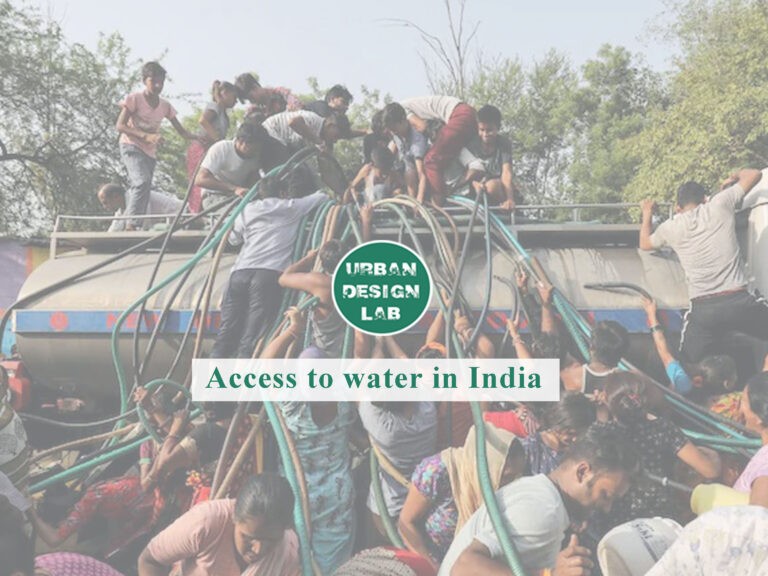
Access to water in India
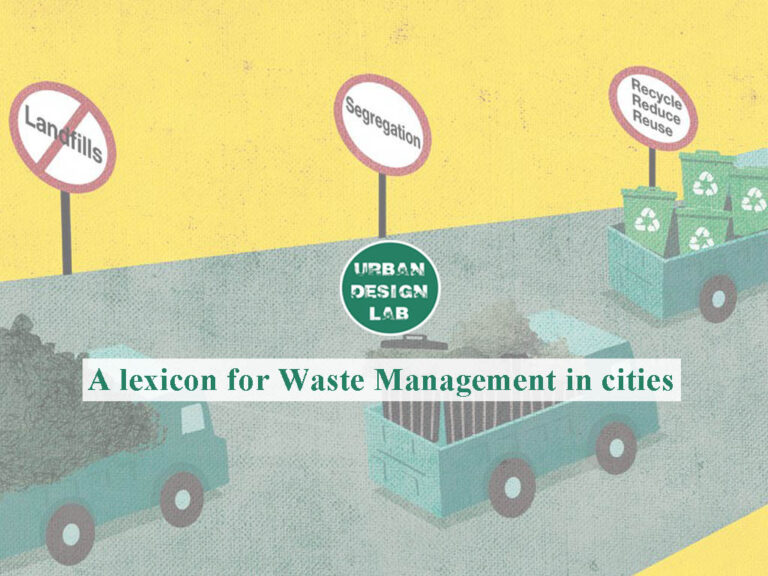

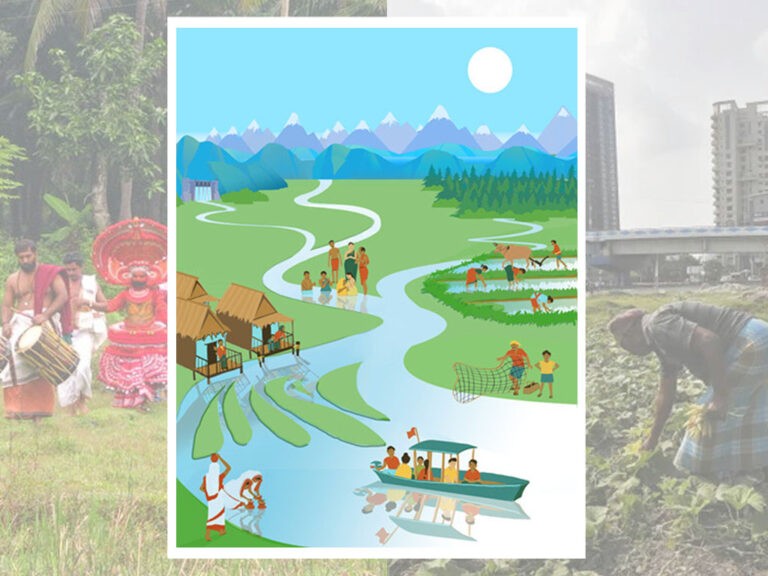
10 ways to identify Socio-Ecological Heritage in India
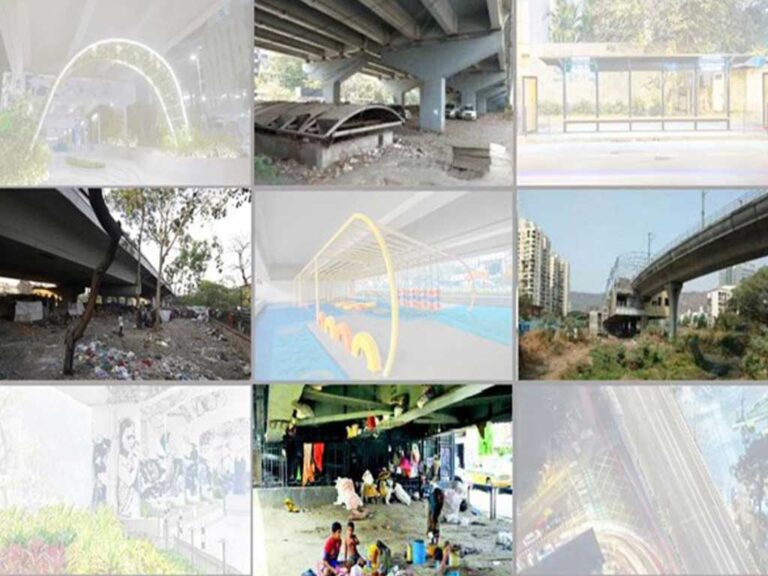
5-Days UDL GIS
Masterclass
GIS Made Easy – Learn to Map, Analyse, and Transform Urban Futures
Session Dates
14th-18th July 2025

Free E-Book
From thesis to Portfolio
A Guide to Convert Academic Work into a Professional Portfolio”
Recent Posts
- Article Posted:
- Article Posted:
- Article Posted:
- Article Posted:
- Article Posted:
- Article Posted:
- Article Posted:
- Article Posted:
- Article Posted:
- Article Posted:
- Article Posted:
- Article Posted:
- Article Posted:
Sign up for our Newsletter
“Let’s explore the new avenues of Urban environment together “







































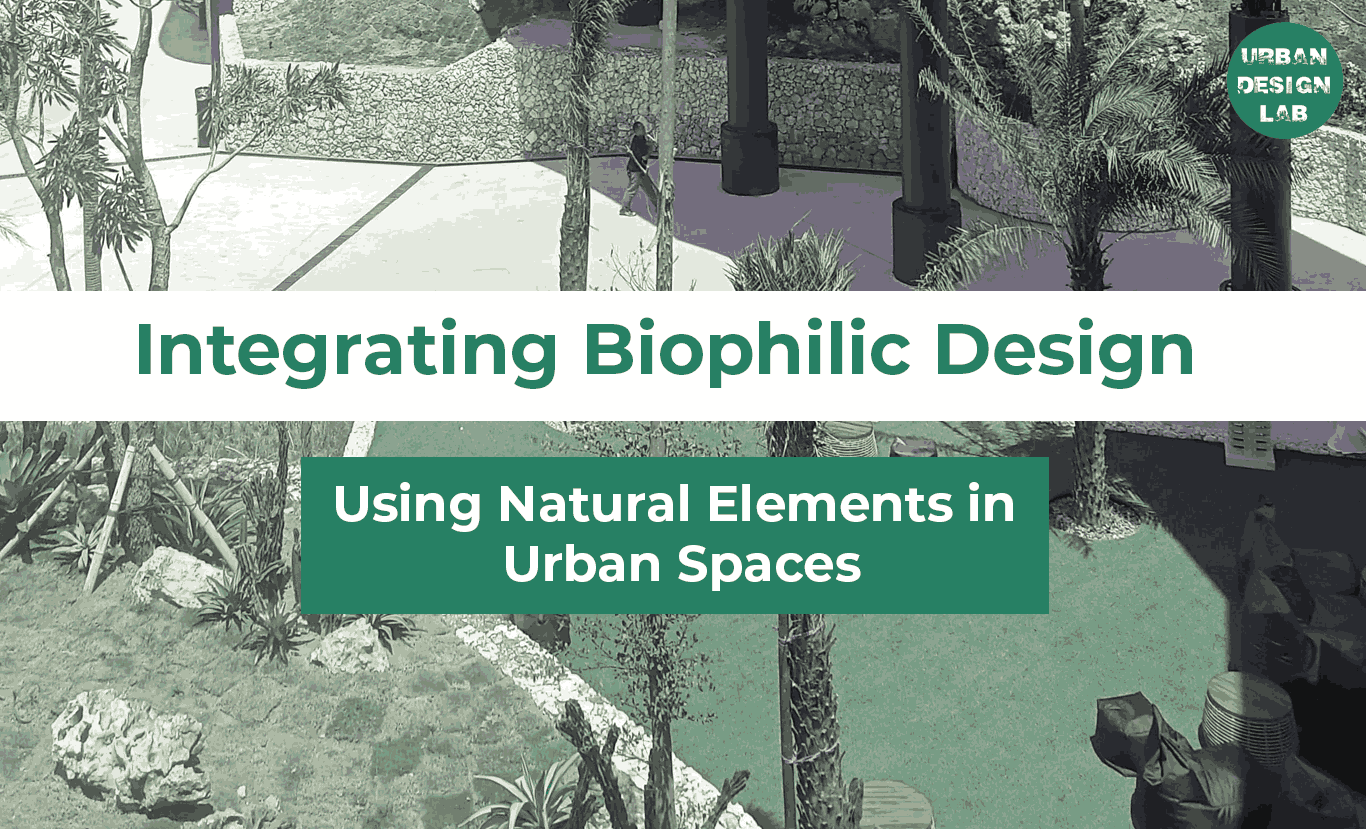
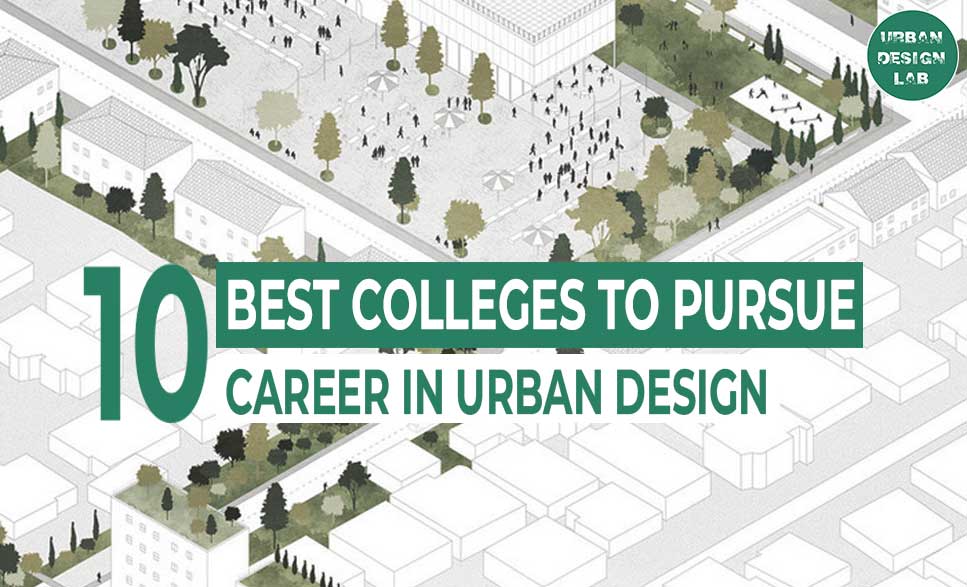
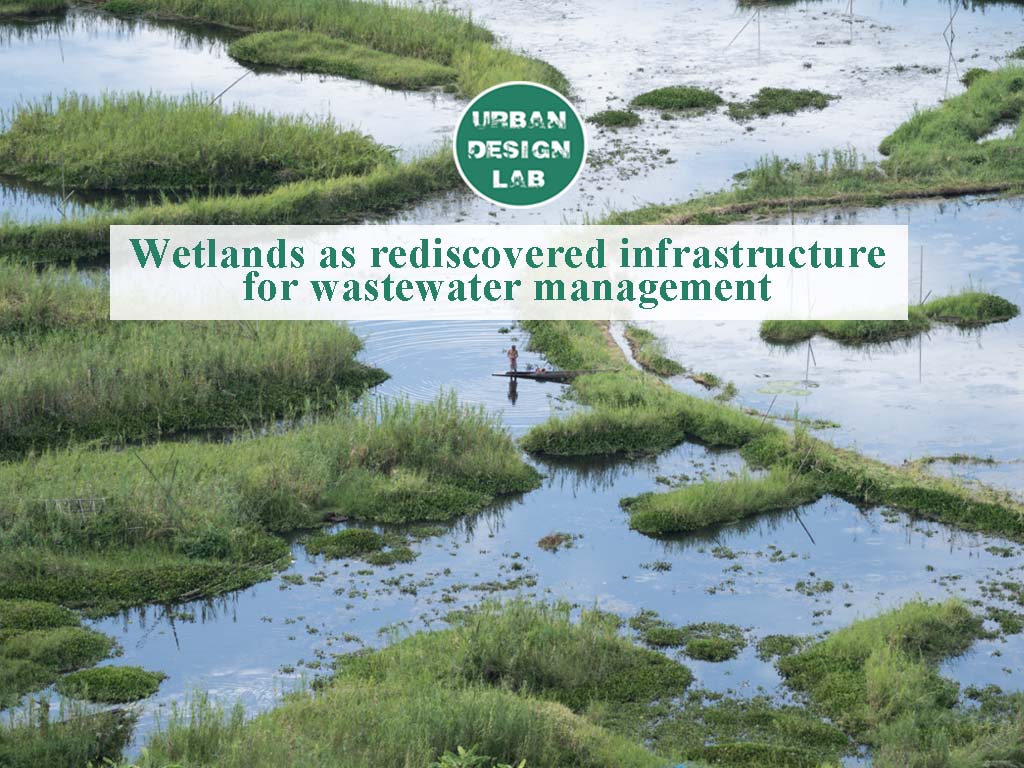
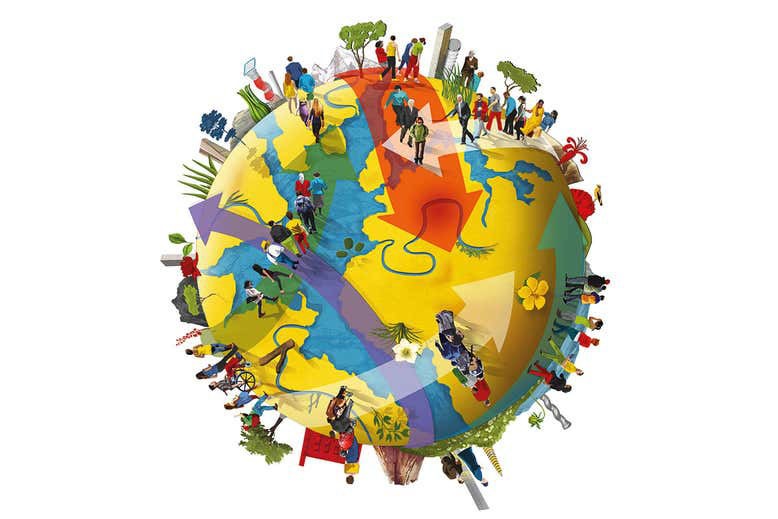
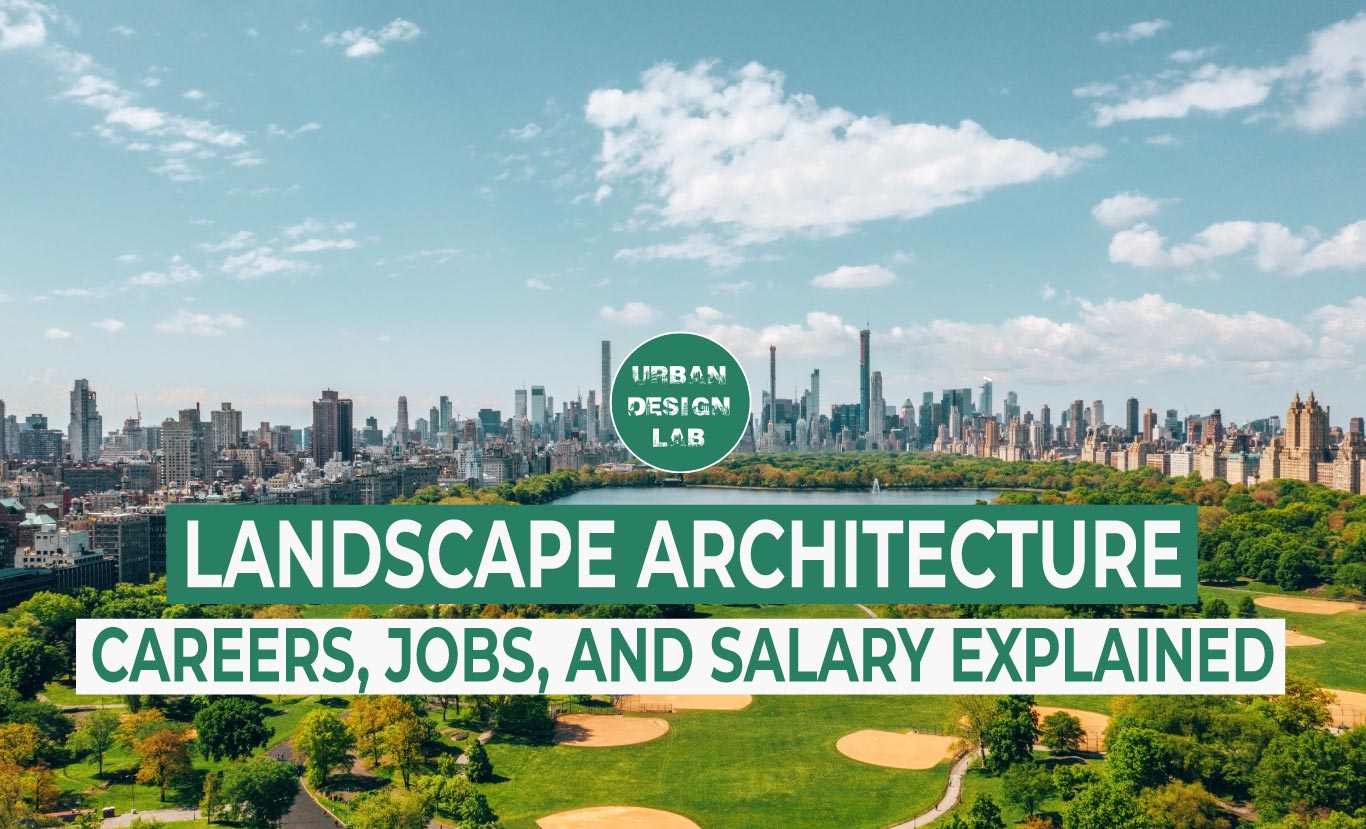



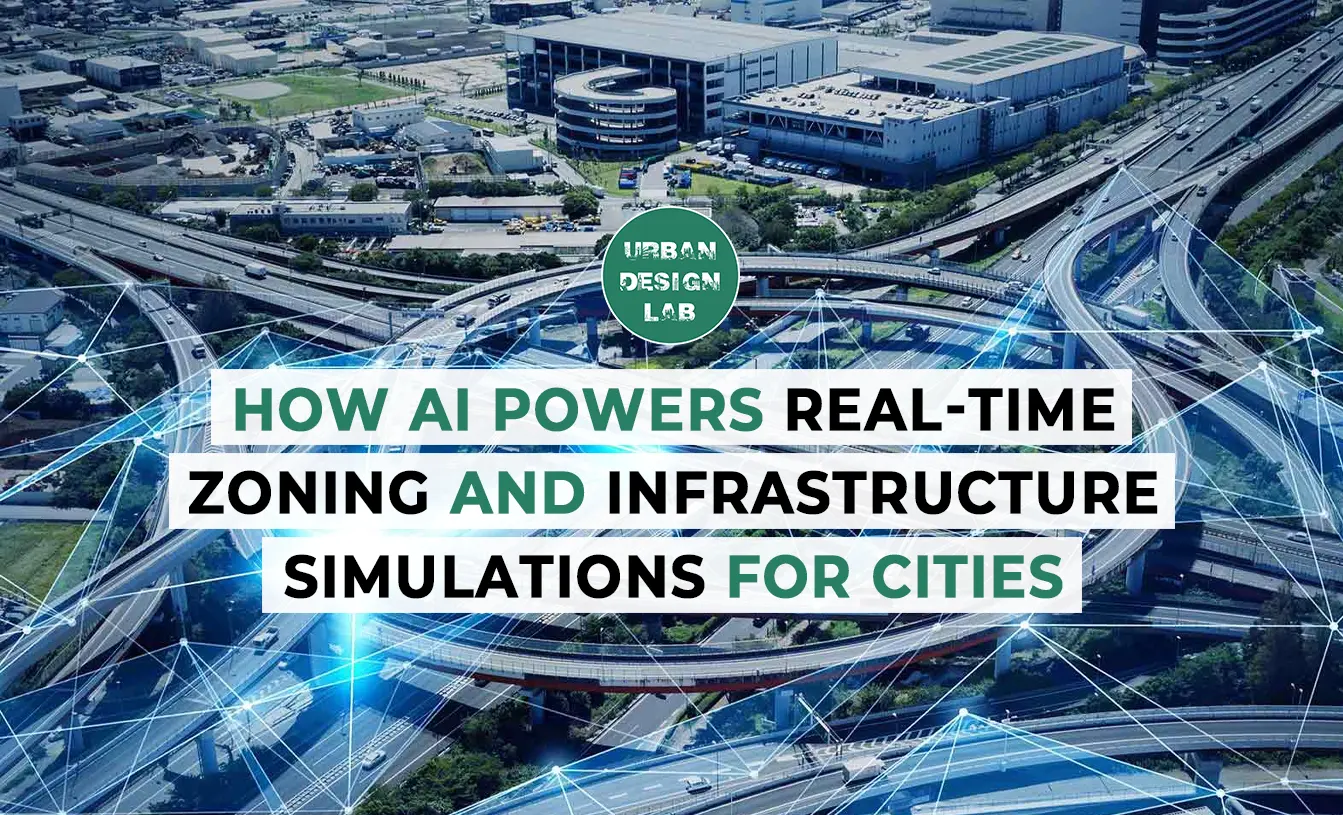
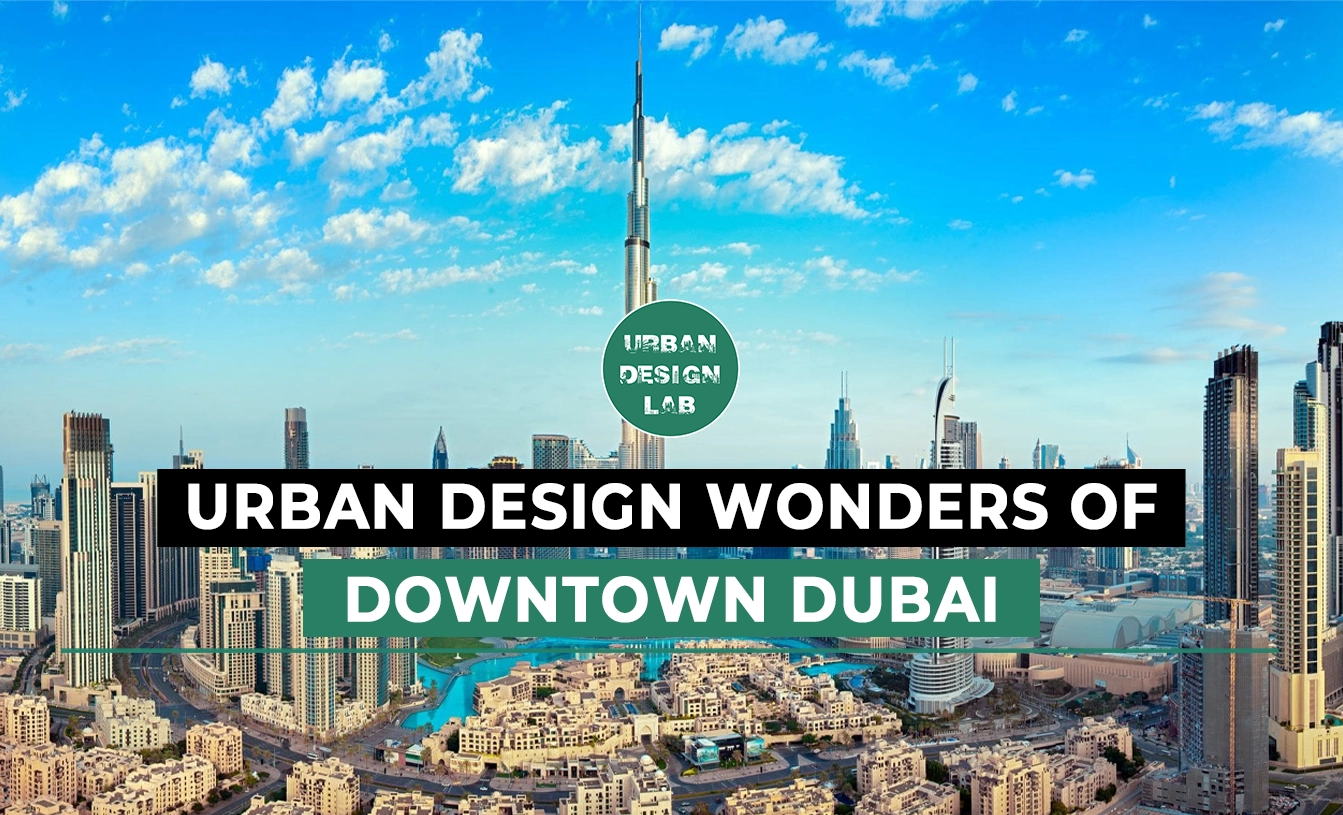
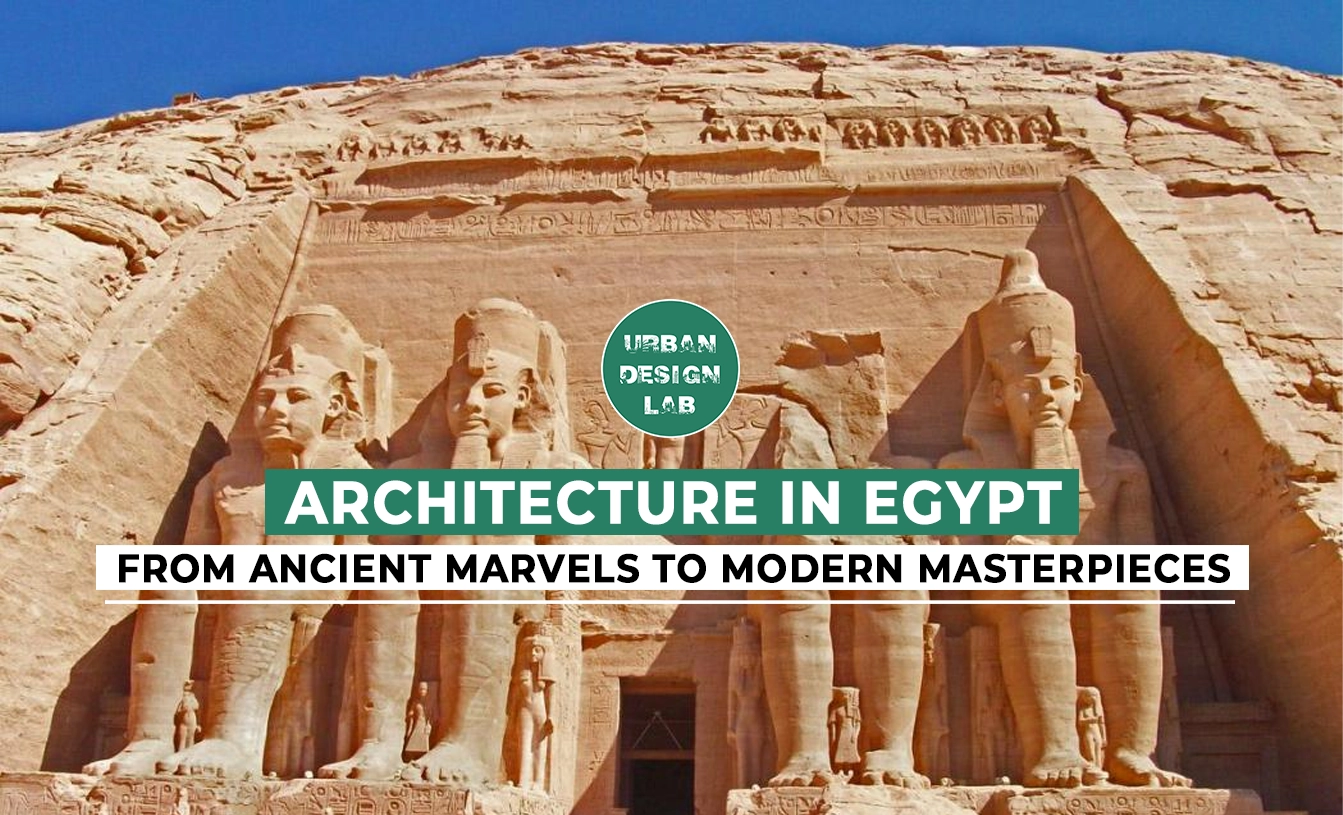
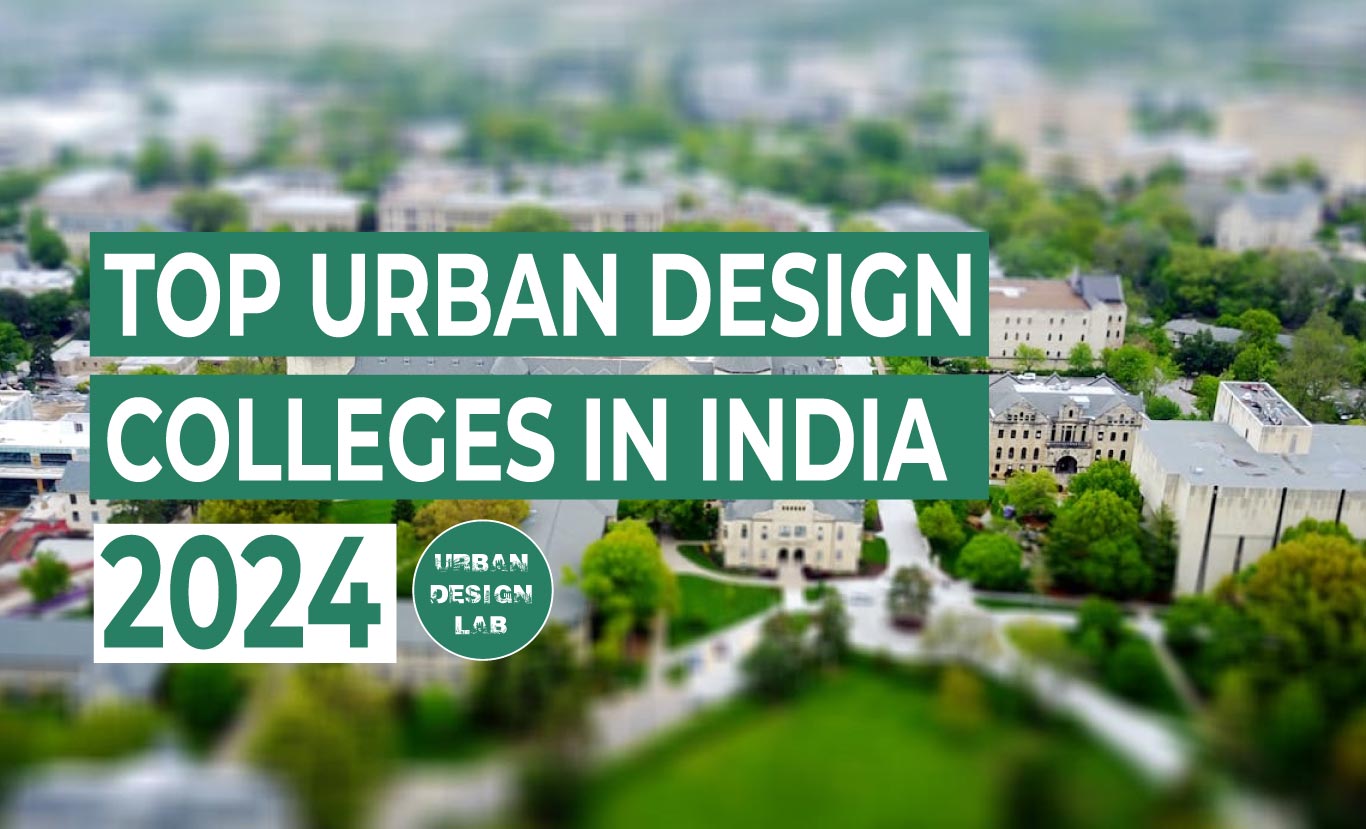
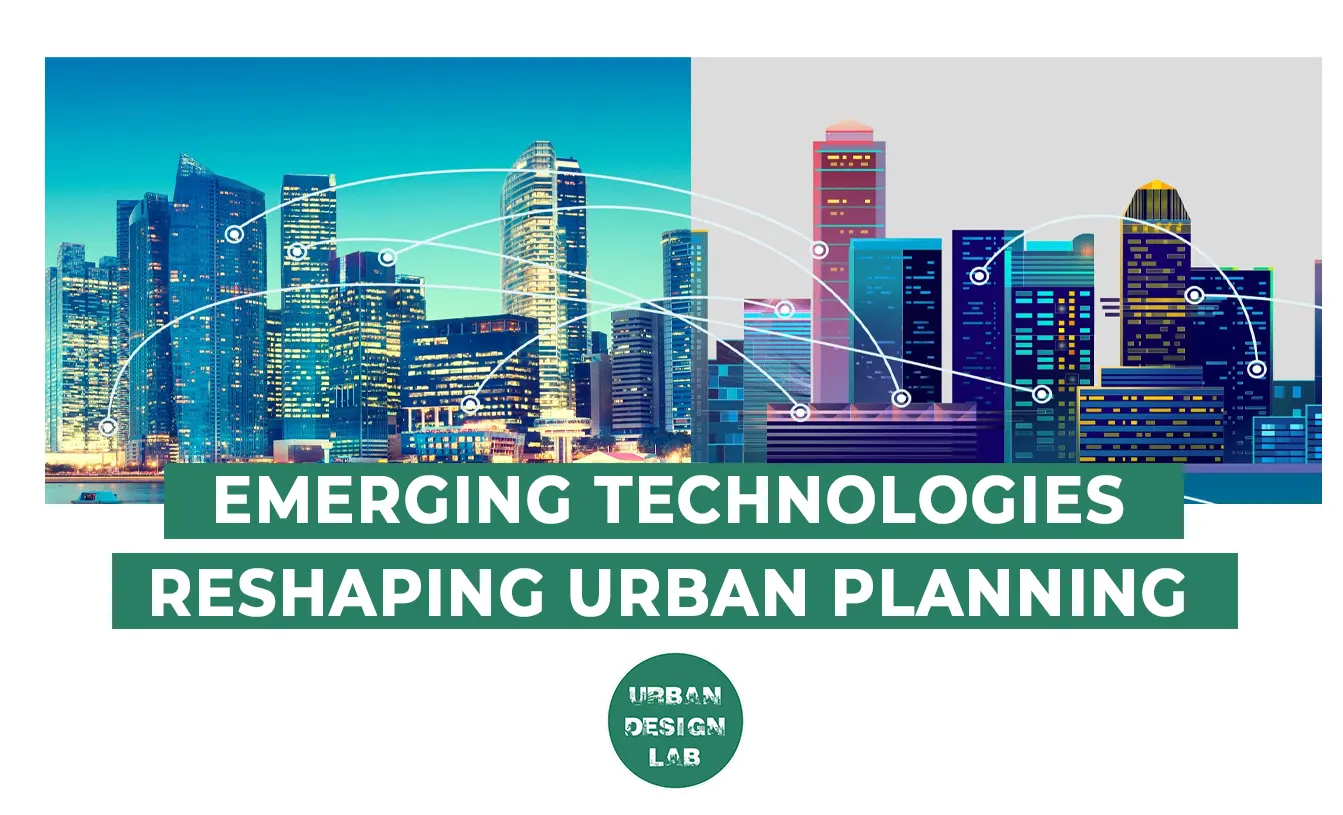


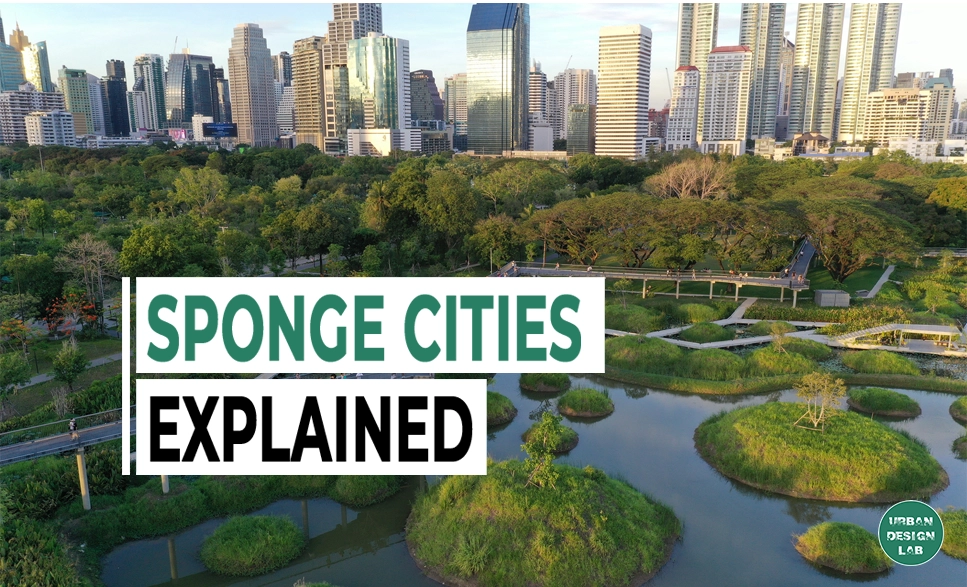





One Comment